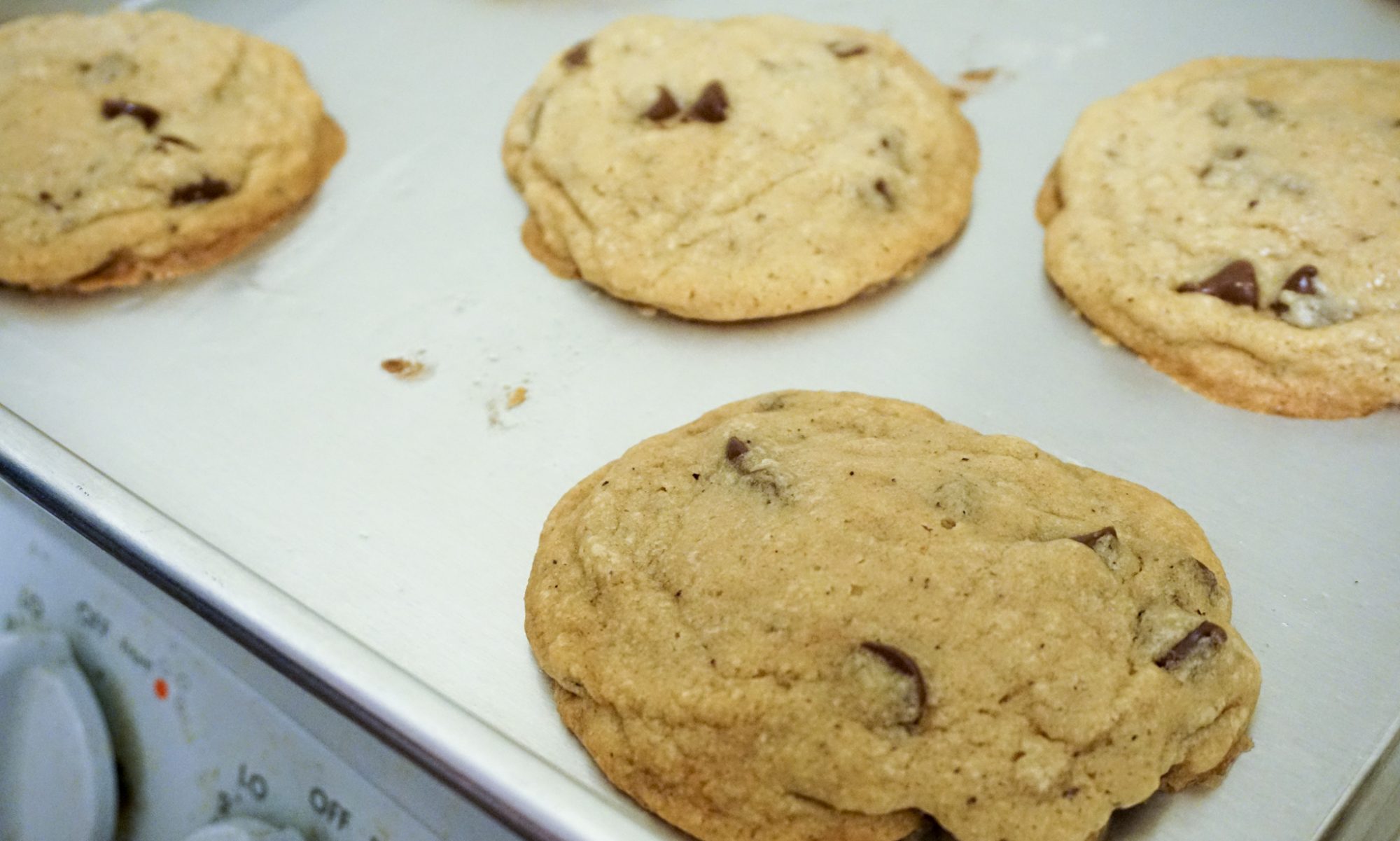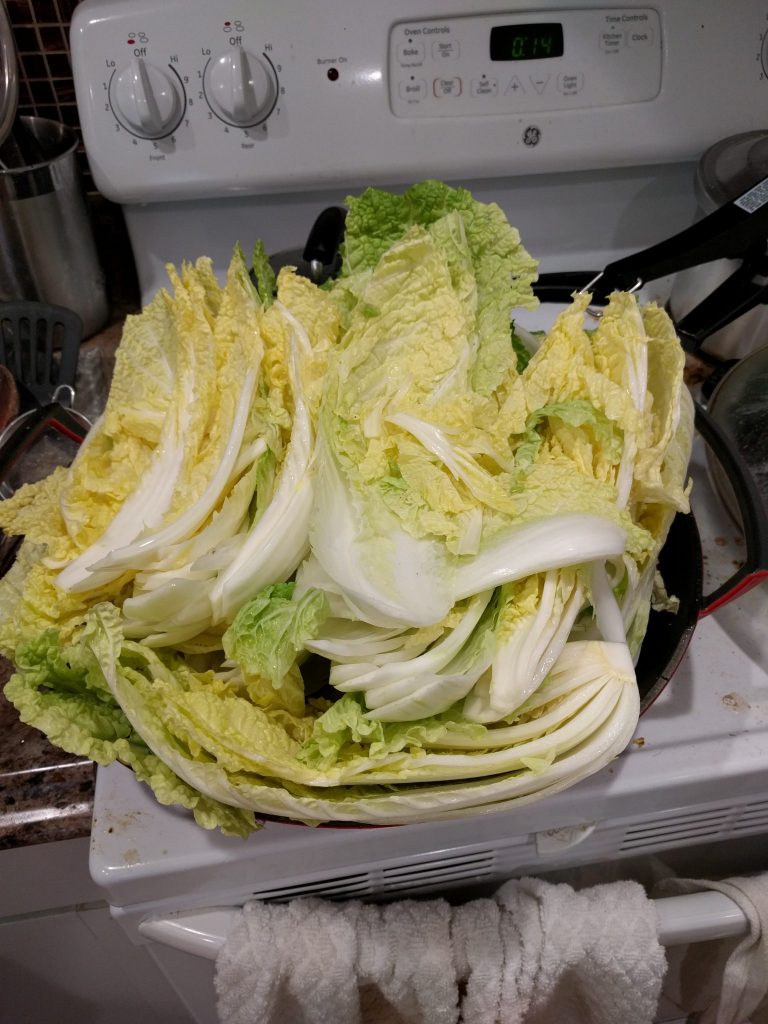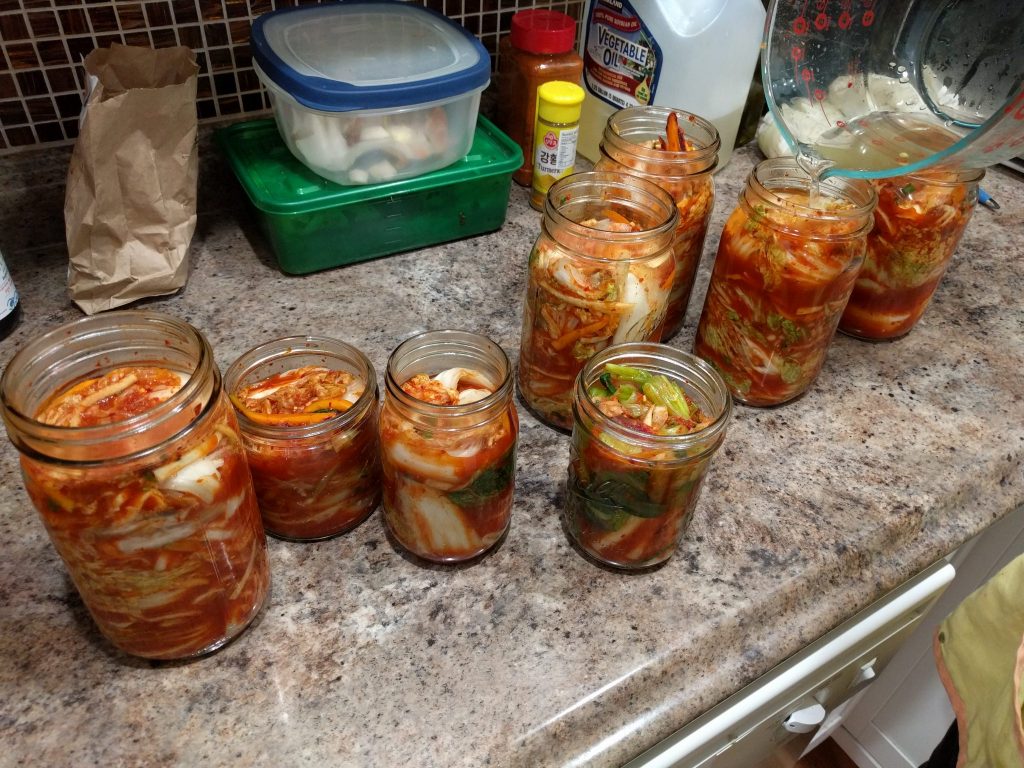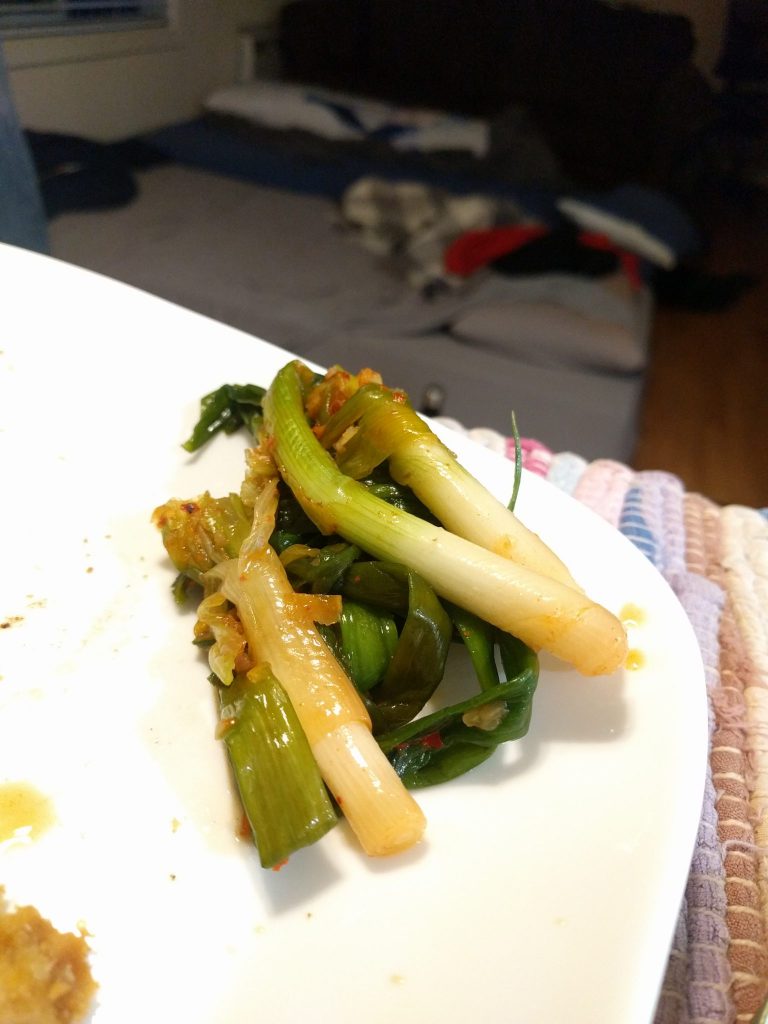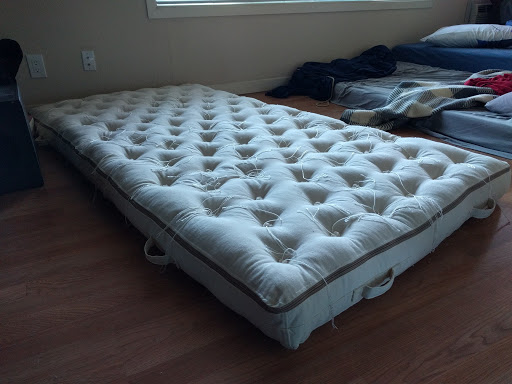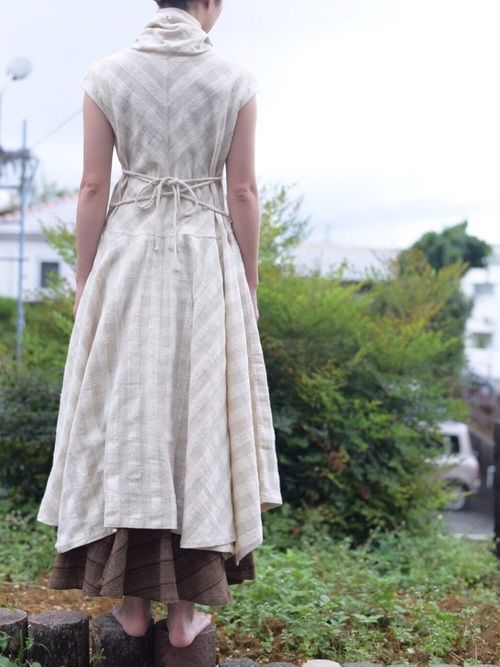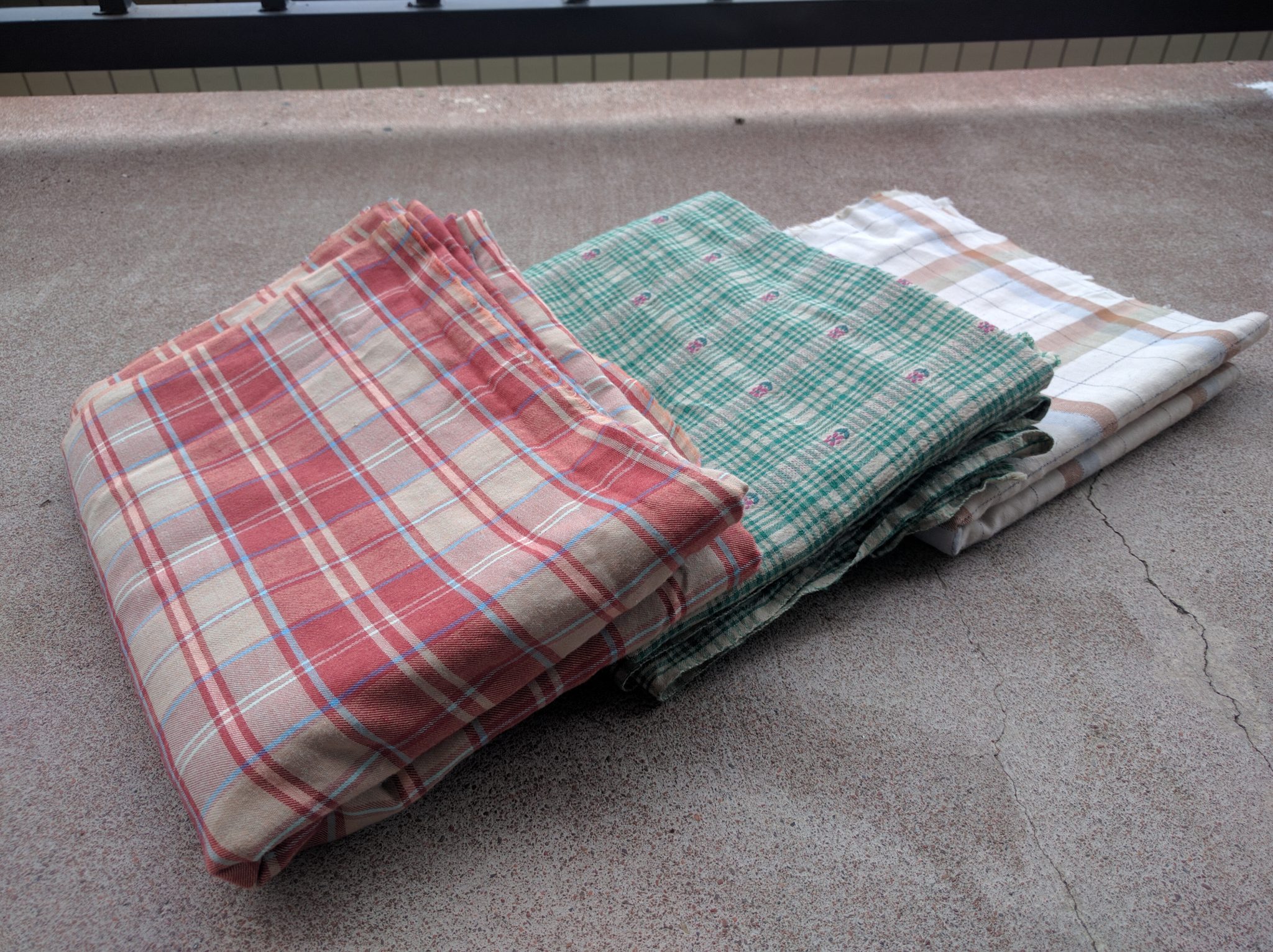I made danmuji, Korean yellow pickled radish, about a month ago. It’s supposed to sit for a month before being used, so this is the initial review!
I used Maangchi’s recipe, substituting oat bran for rice bran, and turmeric for gardenia fruits. Apparently, gardenia fruits are edible. Who knew? Gardenia is used as an ornamental, so maybe you could forage for them. The fruits aren’t supposed to taste like much, however. Much like turmeric, they’re mainly used for their yellow color. The rice bran was supposed to add a “complex flavor”. I’m not sure if the oat bran was a good substitution in this case. But it doesn’t seem to have done any damage!


During the resting period, the radish ferments, according to Maangchi. However, I’m not sure if this is correct. The radish is supposed to be stored in the fridge, so it wouldn’t ferment very fast. And you add vinegar directly to the brine. In normal lactic acid fermentation, such as in kimchi, the brine becomes sour over time due to lactic acid buildup. There’s no need to add vinegar. So I believe that the radish is simply being pickled.
That said, perhaps it is supposed to be fermented; while good, the radish that I ate didn’t taste like commercial danmuji. It is crispy and vinegary, of course. There’s a very strong funky radish smell and flavor. J thinks it smells like rotting or maybe rotten meat, but I really just think it smells like radish. Delicious!
The yellow coloring hasn’t fully permeated the radish yet. At this point, it has a halo of yellow, with a completely white interior. Maybe with time…
Even compared to kimchi, this was an easy recipe. You should try it!
